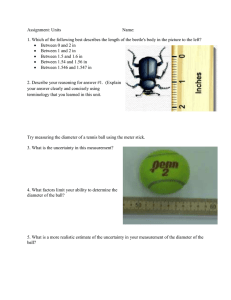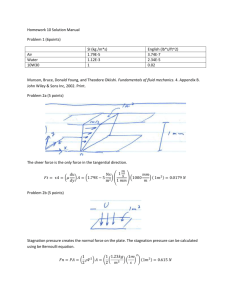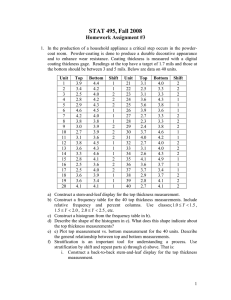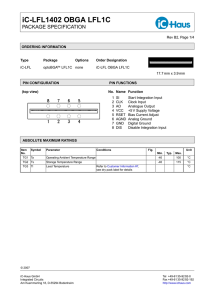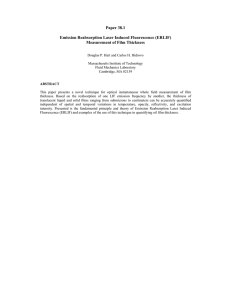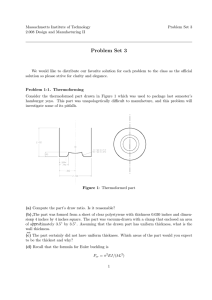guide_msu_superconductivity_checklist
advertisement
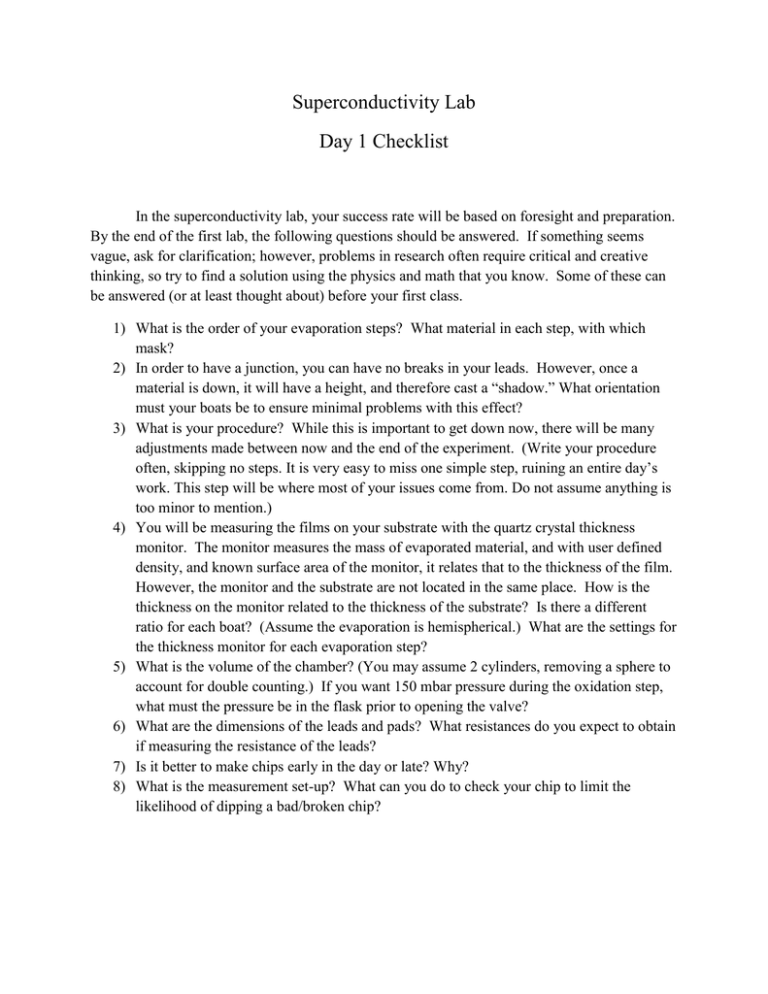
Superconductivity Lab Day 1 Checklist In the superconductivity lab, your success rate will be based on foresight and preparation. By the end of the first lab, the following questions should be answered. If something seems vague, ask for clarification; however, problems in research often require critical and creative thinking, so try to find a solution using the physics and math that you know. Some of these can be answered (or at least thought about) before your first class. 1) What is the order of your evaporation steps? What material in each step, with which mask? 2) In order to have a junction, you can have no breaks in your leads. However, once a material is down, it will have a height, and therefore cast a “shadow.” What orientation must your boats be to ensure minimal problems with this effect? 3) What is your procedure? While this is important to get down now, there will be many adjustments made between now and the end of the experiment. (Write your procedure often, skipping no steps. It is very easy to miss one simple step, ruining an entire day’s work. This step will be where most of your issues come from. Do not assume anything is too minor to mention.) 4) You will be measuring the films on your substrate with the quartz crystal thickness monitor. The monitor measures the mass of evaporated material, and with user defined density, and known surface area of the monitor, it relates that to the thickness of the film. However, the monitor and the substrate are not located in the same place. How is the thickness on the monitor related to the thickness of the substrate? Is there a different ratio for each boat? (Assume the evaporation is hemispherical.) What are the settings for the thickness monitor for each evaporation step? 5) What is the volume of the chamber? (You may assume 2 cylinders, removing a sphere to account for double counting.) If you want 150 mbar pressure during the oxidation step, what must the pressure be in the flask prior to opening the valve? 6) What are the dimensions of the leads and pads? What resistances do you expect to obtain if measuring the resistance of the leads? 7) Is it better to make chips early in the day or late? Why? 8) What is the measurement set-up? What can you do to check your chip to limit the likelihood of dipping a bad/broken chip?



